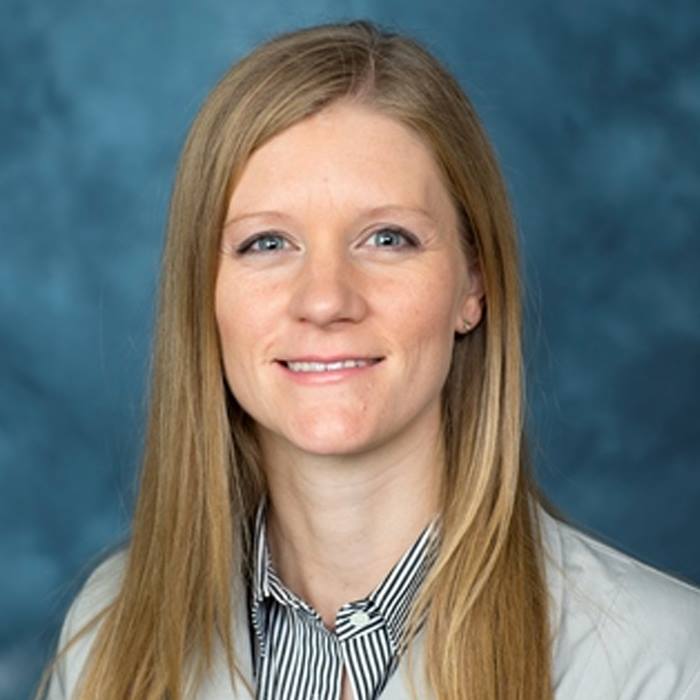Research And Grants

Ann & Robert H. Lurie Children’s Hospital of Chicago - $50,000
Dr. Amanda Saratsis
$50,000.00
April 2015
Translational
DIPG
Increased Tenascin-C (TNC) protein expression in tumor tissue and CSF in DIPG patients
Innovation: Diffuse intrinsic pontine glioma (DIPG) is the most deadly solid tumor in children, with rapid progression, poor response to therapy, and average survival less than one year from diagnosis. We describe a hypothesis-driven research plan to elucidate the mechanism by which Tenascin-C (TNC), an extracellular matrix (ECM) protein implicated in neural stem cell fate and guidance of migrating neurons during brain development, contributes to pediatric brainstem glioma (DIPG) formation and progression. The role of TNC in pediatric gliomagenesis has not previously been explored. TNC detection in cerebrospinal fluid (CSF) or blood serum of DIPG patients could potentially serve as a novel biomarker of disease in lieu of tumor tissue biopsy for more accurate clinical diagnosis, tumor subtyping for targeted therapy, and measuring response to treatment. Further, TNC-targeted small molecule (nucleic acid) therapeutics could potentially overcome the molecular and anatomic obstacles that currently limit efficacy of standard oncologic treatments in DIPG.
Scientific Merit: We performed molecular profiling of rare DIPG tumor and cerebrospinal fluid (CSF) specimens, revealing key biologic characteristics of DIPG, including expression of proteins involved in cell migration and proliferation. This analysis revealed increased Tenascin-C (TNC) protein expression in tumor tissue and CSF in DIPG patients, with highest expression in H3K27M mutants and Hh activated specimens. TNC modulates the mitogenic effects of PDGF and NOTCH signaling in oligodendroglial precursor cells (OPCs), the purported cells of origin for DIPG. In adult glioma, TNC expression is associated with NOTCH and Hh pathway activation, and correlates with tumor recurrence, local invasion and poor overall survival. Targeted anti-TNC therapies have been investigated for adult high-grade glioma with favorable results. Given the effects of TNC on OPC proliferation and differentiation and the importance of H3K27M mutation in pediatric gliomagenesis, increased TNC expression in DIPG patients with H3K27M mutation is of great interest.
Feasability: In support of our hypothesis that TNC is a driver of pediatric gliomageneis, we provide data demonstrating overexpression of TNC in DIPG, and a link between TNC expression, TNC promoter region hypomethylation and Histone 3 K27M mutation, which is found in up to 80% of DIPGs. The aims of this proposal are 1) To establish the role of TNC expression in pediatric glioma formation using human DIPG specimens in hand, 2) To determine the mechanism of TNC expression in pediatric glioma, and 3) To exploit TNC as a novel therapeutic target for pediatric glioma by targeting TNC expression in vivo and in vitro using well established human DIPG cell lines and a mouse xenograft model of brainstem glioma in hand.
Disease Impact: This research will be the first to demonstrate the role of TNC expression in formation of pediatric brainstem glioma (DIPG), providing novel insight to the mechanism of tumorigenesis and a potential for developing rational, feasible and effective treatment for children with this disease. The knowledge gained from this research will address whether TNC is a rational therapeutic target for treating DIPG and serve as a foundation for novel therapeutic development and clinical trial.
Expertise of investigators: We are uniquely poised at our institution to pursue this line of inquiry due to our high-volume pediatric neurosurgical practice and extensive tumor bank at Lurie Children’s Hospital providing specimens for study, the rich research environment at Northwestern University with cutting-edge technology and advanced core support for molecular profiling and therapeutic testing, and a strong collaborative network among clinicians and researchers in neuro-oncology for rapid clinical translation of our findings.

